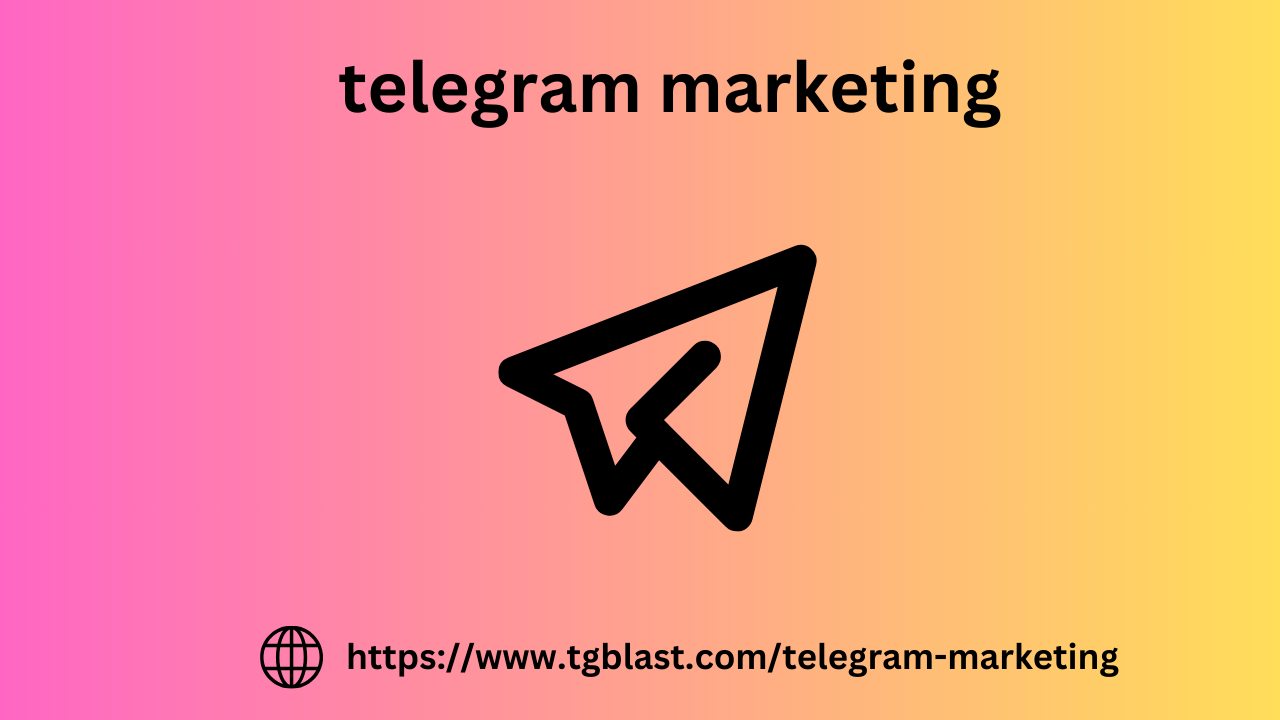Post by tanjilaakterjarin12 on Nov 14, 2024 6:36:54 GMT
Associative ads It consists of creating advertisements or advertising campaigns that suggest or imply an indirect relationship with the event without using the name of the event or the official logos of the other party involved. This can be done by using images, colours or phrases that evoke the event or its theme without directly infringing the intellectual property rights of the organisers or official sponsors. 2. Promotions close to the event out promotions in places close to the event .
In this way, the brand can take advantage telegram marketing of the large influx of people attending the event and attract their attention to its products or services without being an official sponsor. 3. Unofficial brand experiences Some brands host events around the main event to offer attendees unique and engaging experiences. These may include product sampling, contests, exhibits, or any other activity that generates interest and emotional connections with the brand. 4. Guerrilla marketing This tactic is based on creative, unconventional and low-budget tactics to obtain high visibility and notoriety in strategic locations .

For example, placing billboards or projecting messages on buildings near the event , carrying out artistic interventions, among other actions that attract attention in a striking and novel way. 5. Take advantage of media coverage Some brands design marketing campaigns that tie directly into the event to benefit from the extensive media coverage surrounding the other party's event. These campaigns can use event-related themes, popular social media hashtags , or use influencers attending the event to spread the brand message. 6. Advertising on social networks Social media is a valuable platform for ambush marketing, allowing brands to reach a mass audience and attract public attention through event-related content without directly violating restrictions imposed by official organizers or sponsors.
In this way, the brand can take advantage telegram marketing of the large influx of people attending the event and attract their attention to its products or services without being an official sponsor. 3. Unofficial brand experiences Some brands host events around the main event to offer attendees unique and engaging experiences. These may include product sampling, contests, exhibits, or any other activity that generates interest and emotional connections with the brand. 4. Guerrilla marketing This tactic is based on creative, unconventional and low-budget tactics to obtain high visibility and notoriety in strategic locations .

For example, placing billboards or projecting messages on buildings near the event , carrying out artistic interventions, among other actions that attract attention in a striking and novel way. 5. Take advantage of media coverage Some brands design marketing campaigns that tie directly into the event to benefit from the extensive media coverage surrounding the other party's event. These campaigns can use event-related themes, popular social media hashtags , or use influencers attending the event to spread the brand message. 6. Advertising on social networks Social media is a valuable platform for ambush marketing, allowing brands to reach a mass audience and attract public attention through event-related content without directly violating restrictions imposed by official organizers or sponsors.


